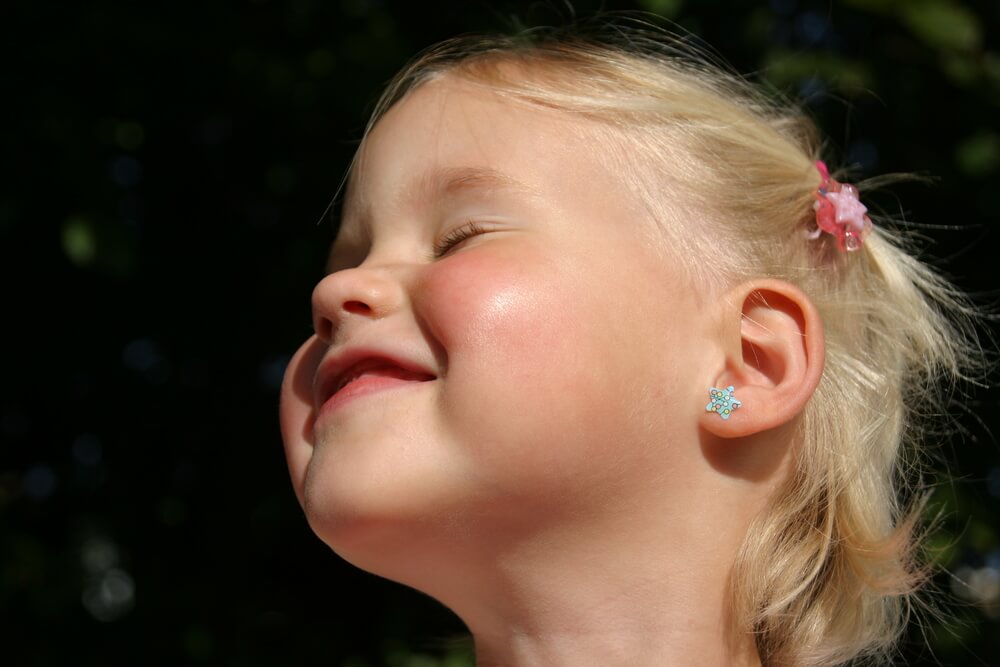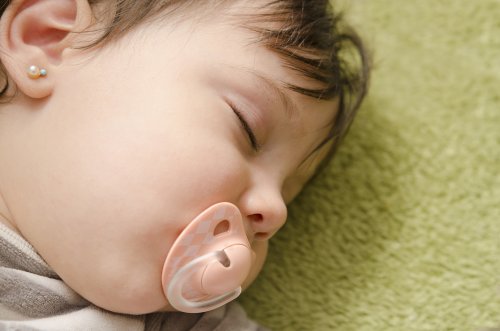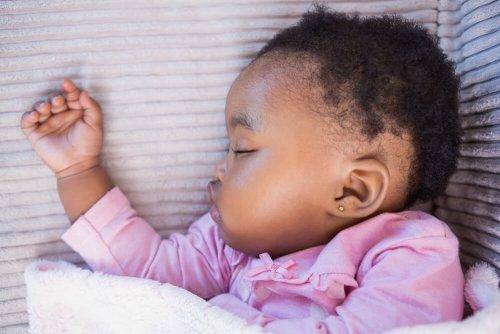Ear Piercings For Children: What Is The Best Age?

When it comes to fashion and accessories for children, ear piercings are one of the most controversial topics around. Opinions are divided: some parents get their baby’s ears pierced at an early age, while others are completely opposed to the practice.
In some cultures, most parents wait until girls are older and let them decide for themselves whether or not to pierce their ears. In others, like Spain and Latin America, it is traditional to pierce baby girls’ ears while they are very young.
In fact, in these countries, parents often get the piercing done just a few hours or days after the baby is born. This is believed to be less painful at this age than for older children, who are more conscious of what is going on.
A newborn baby’s cartilage is thinner. This makes it much easier (and less painful) to perform ear piercings and put in earrings.
In the United States, meanwhile, ear piercings for young children are not common, and some people might be surprised to see earrings on a baby. The same is true in Scandinavian countries, Belgium, Holland and the rest of Northern Europe.
What is the best age for ear piercings?
Clearly, there is no consensus on the best age for ear piercings. Some health organizations say it is better to leave earrings until the child is older and capable of taking care of the piercing. Others see no problem in piercing children’s ears from an early age.

The American Academy of Pediatrics (AAP) states that, as long as the piercing is done correctly and properly cared for over the following weeks, the risk of complications is low. The AAP doesn’t oppose ear piercings for young children.
However, the AAP does recommend waiting until the child has had the first round of vaccinations, at around two years of age, before getting their ears pierced.
However, waiting until the child is two is hard for some Spanish and Latin American mothers, given how deeply rooted the tradition is in these cultures.
All in all, it comes down to a personal decision. The most important thing is to be well-informed before getting the piercing done, to avoid any unpleasant complications for your baby.
Tips for getting your child’s ears pierced safely
- If you want to get your baby’s ears pierced soon after birth, and the hospital where you give birth does not offer ear piercings, ask your pediatrician where you can get this done safely and with the right equipment.
- Make sure that the earrings are 14-carat gold. Other materials could lead to infection or allergic reactions.
- The earrings must be small studs that won’t catch. Babies move around a lot, so avoid large or long studs. Small, round ones are best.
- The professional who performs the piercing should use sterilized equipment. Make sure that they respect health and safety rules to reduce the risk of complications.
- Ask your doctor whether local anaesthesia can be used. The piercing only takes a couple of seconds, but it will, of course, cause momentary pain for your baby. If you are worried about your child suffering, ask for a little local anaesthesia to numb their earlobe.

The best earrings for babies and young children
- They should be made from hypoallergenic material, to avoid allergic reactions. Hypoallergenic metals include 14-carat gold and pure silver.
- They should be simple studs. Don’t let your child wear earrings that hang down and may catch and pull.
- Thickness: the post that goes through your baby’s earlobe should be as thin as possible.
- The end of the post should be rounded, not sharp like those of most adult earrings.
How to care for your baby’s ears
- Let your pediatrician know what you are planning to do. Ask them before you go ahead with the piercing, to avoid possible complications.
- Unless you notice a reaction, you can leave the first set of studs in for 6 weeks.
- During this time, clean your baby’s earlobes using a little alcohol on your fingertips. Make sure your hands are clean!
- Turn the studs at least once a day, but make sure not to tighten them.
- Every time you bathe your baby, dry the area well so that it doesn’t stay damp.
- After 6 weeks, the piercing should have fully healed. Now you can swap out their earrings.
With these tips and recommendations, you will be prepared to make the best decision about ear piercings.
All cited sources were thoroughly reviewed by our team to ensure their quality, reliability, currency, and validity. The bibliography of this article was considered reliable and of academic or scientific accuracy.
- Kogan, L. (1993). Género-cuerpo-sexo: apuntes para una sociología del cuerpo. Debates en sociología, (18), 35-57. http://revistas.pucp.edu.pe/index.php/debatesensociologia/article/download/6676/6779